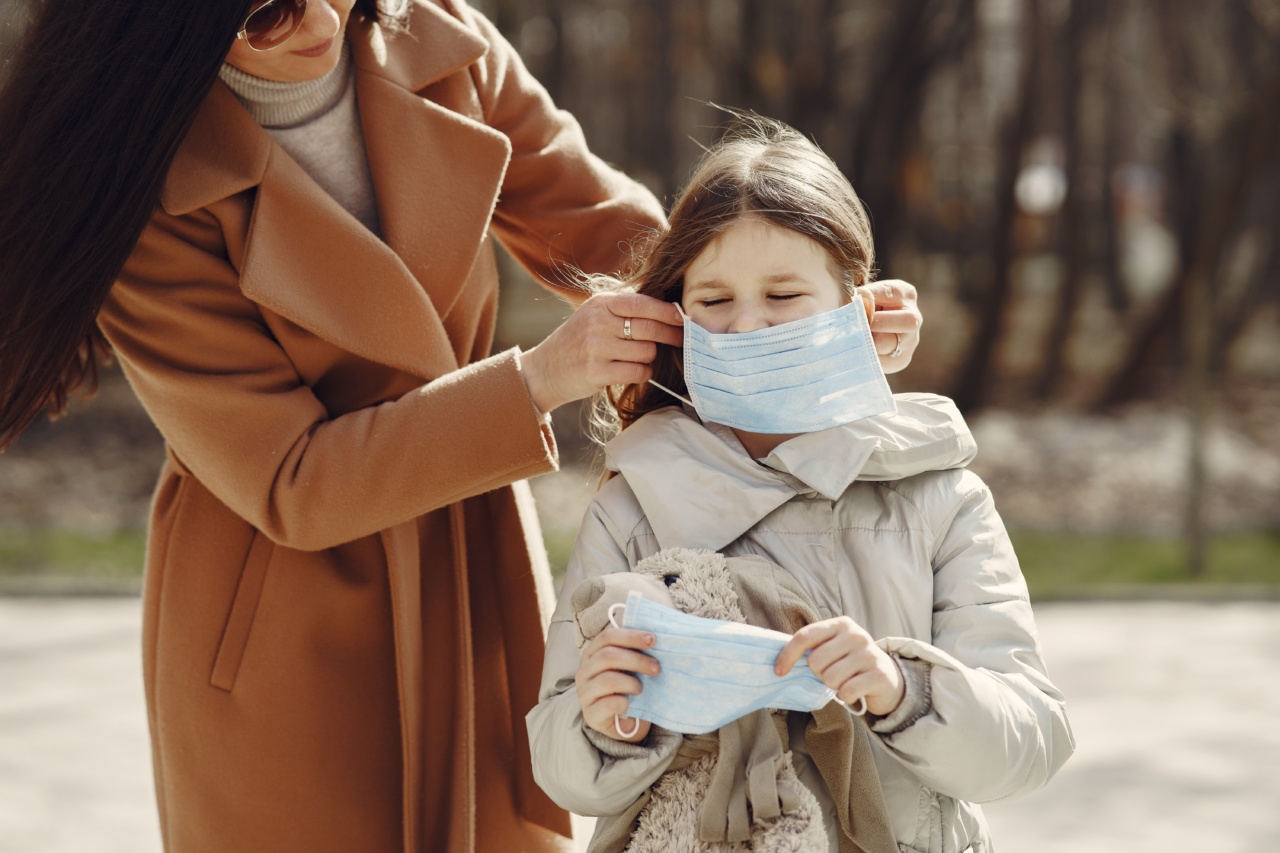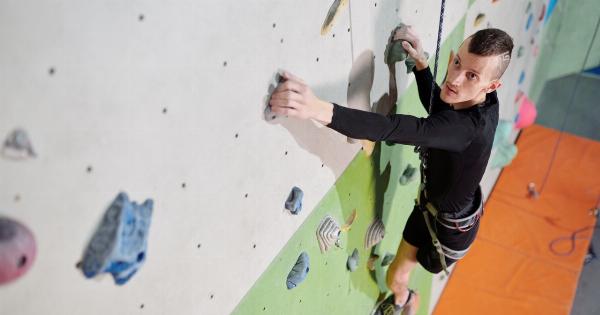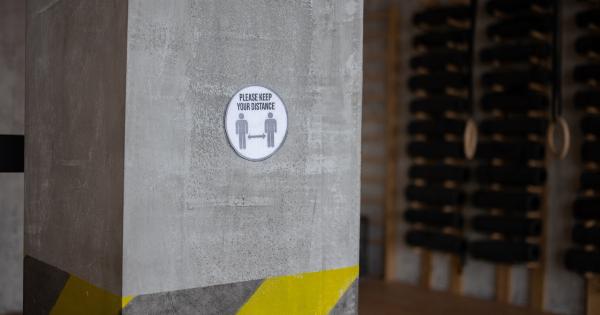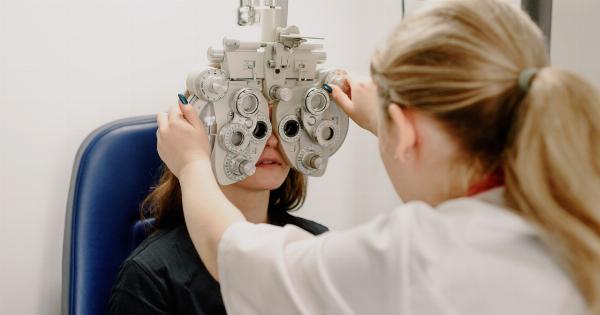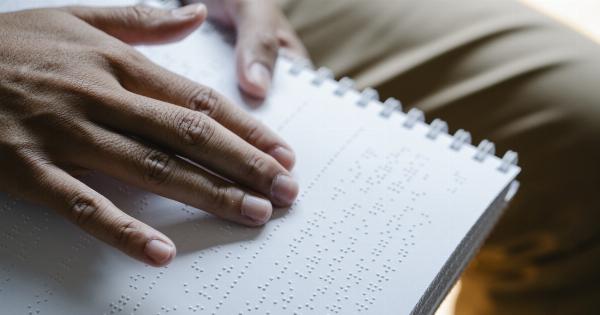As parents, one of the most daunting experiences we may face is when our children require a medical procedure that involves anesthesia.
Whether it’s a routine operation or a more complex surgery, the thought of our little ones being put under anesthesia can be a cause for concern and anxiety. In this article, we will explore the safety of putting kids under anesthesia and address common questions and fears parents may have.
1. What is anesthesia?
Anesthesia is a medical technique used to establish a controlled and reversible loss of sensation or consciousness during surgical or medical procedures. It allows patients to undergo procedures without feeling pain or discomfort.
2. Is anesthesia safe for children?
While the thought of anesthesia can be worrisome, it is generally considered safe for children when administered by a skilled and experienced healthcare professional.
However, there are always risks associated with any medical procedure, and it is essential for parents to understand these risks and weigh them against the benefits of the procedure.
3. Anesthesia risks and considerations
Before any procedure involving anesthesia, your child’s medical history, current health status, and any allergies or reactions to medications must be thoroughly evaluated by the anesthesiologist.
This evaluation helps identify potential risks and tailor the anesthesia plan accordingly.
Some considerations and potential risks associated with anesthesia in children include:.
4. Allergic reactions
Children, like adults, can be allergic to certain medications used in anesthesia. It is crucial to provide detailed information about any known allergies to the medical team to prevent adverse reactions.
5. Side effects
Common side effects of anesthesia in children may include nausea, vomiting, and drowsiness. These effects are typically short-lived and resolve as the medication wears off.
6. Impact on the developing brain
One of the concerns parents may have about anesthesia is its potential impact on their child’s developing brain.
While extensive studies are still ongoing, current research suggests that a single exposure to anesthesia during early childhood is unlikely to have long-term effects on cognitive development.
7. Age considerations
The age of a child can influence how they respond to anesthesia. Babies, especially those younger than six months, may have higher risks due to their immature physiological and metabolic systems.
However, pediatric anesthesiologists have specialized training to adapt anesthesia plans to suit each child’s age and needs.
8. Pediatric anesthesia specialists
When it comes to the safety of children during anesthesia, it is crucial to have skilled pediatric anesthesiologists who are experts in working with young patients.
These specialists have extensive knowledge of pediatric physiology, pharmacology, and potential complications that may arise during anesthesia.
9. Preparation and communication
Preparation is key to ensuring a safe experience for your child during anesthesia. Make sure to follow any preoperative fasting instructions provided by the healthcare team to prevent complications.
Additionally, open and honest communication with the anesthesiologist and surgical team can help address any concerns and ensure your child receives the best care possible.
10. Conclusion
While the decision to put your child under anesthesia can be overwhelming, it is important to remember that millions of surgeries and procedures are safely performed on children each year.
The key to ensuring the safety of your child lies in carefully selecting experienced healthcare professionals, addressing any concerns with the medical team, and fully understanding the benefits and risks of the procedure. By doing so, you can help ensure a smooth and successful experience for your child.
